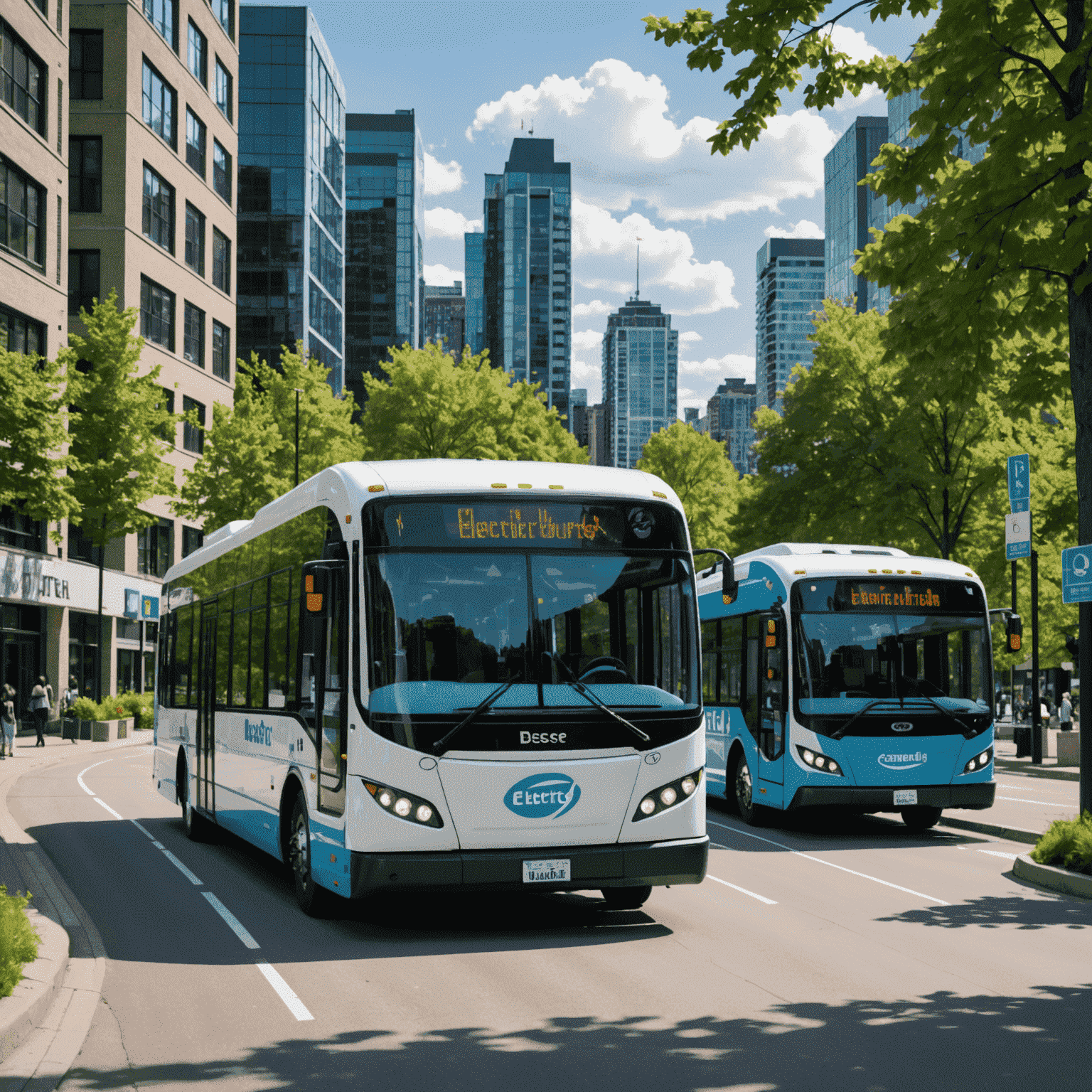Unique Insurance Challenges for Electric Bus Fleets

As Canada's municipal transportation sector increasingly shifts towards sustainable solutions, electric bus fleets are becoming a common sight in our cities. However, this transition brings forth unique insurance considerations and challenges for fleet operators. Let's explore the specific insurance landscape for electric bus fleets in the Canadian context.
Higher Initial Costs and Valuation
Electric buses typically come with a higher price tag than their diesel counterparts. This increased value translates to higher insurance premiums, as the potential payout in case of total loss is greater. Insurers must accurately assess the value of these high-tech vehicles, considering not just the chassis and body, but also the sophisticated battery systems and electric drivetrains.
Battery-Specific Risks
The lithium-ion batteries powering electric buses present unique risks. While rare, battery fires can be intense and challenging to extinguish. Insurers need to factor in the cost of specialized fire suppression systems and training for emergency responders. Additionally, the potential for thermal runaway events requires careful risk assessment and mitigation strategies.

Charging Infrastructure Coverage
Electric bus fleets rely heavily on charging infrastructure. Insurance policies need to extend beyond the vehicles themselves to cover charging stations, which can be costly to repair or replace. This includes protection against damage from accidents, vandalism, and even cyber attacks that could disrupt charging systems.
Specialized Repair and Maintenance
Electric buses require specialized technicians and equipment for repairs. This can lead to higher costs and longer downtime in the event of an accident or mechanical failure. Insurance providers must account for these factors when structuring policies and determining premiums for electric fleet operators.
Range Anxiety and Operational Risks
While improving, the range of electric buses can still be a concern, especially in Canada's varied climate. Insurance policies may need to cover scenarios where buses run out of charge mid-route, potentially leading to service disruptions or even accidents. This unique operational risk requires careful consideration in policy underwriting.

Evolving Technology and Obsolescence
The rapid advancement of electric vehicle technology poses a challenge for long-term insurance planning. Insurers must consider the potential for technological obsolescence and how it might affect the value and insurability of electric bus fleets over time. This may require more frequent policy reviews and adjustments compared to traditional diesel fleets.
Conclusion
As Canada's municipal transportation sector embraces electric bus fleets, the insurance industry must adapt to meet these new challenges. From higher initial costs to unique operational risks, insuring electric buses requires a nuanced approach. Fleet operators and insurance providers must work closely together to develop comprehensive coverage solutions that protect these valuable assets while supporting the transition to sustainable public transport.